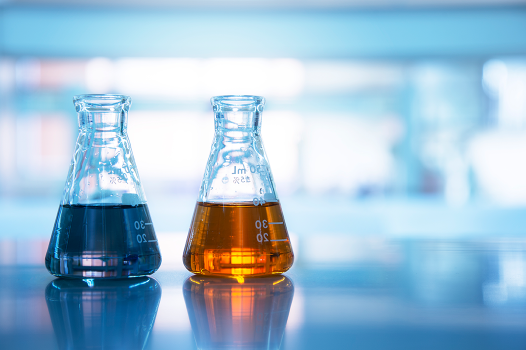Better results. Less chemistry.™
- Surface Cleaning Chemistry
- Metal Finishing Chemistry
- Wastewater Treatment Chemistry
- Specialty Applications
Hubbard-Hall OnDemand
24-7 access for current customers. Easy ordering, document download, and shipment history.
Hubbard-Hall Store
A select group of Hubbard-Hall products is also available for purchase through our e-commerce store.
Wastewater Treatment Chemistry
Specialty Applications

State-of-the-Art Technology
Our tech-enhanced cleaning transforms your process, boosts efficiency, and promotes environmental sustainability.

About Hubbard-Hall
Our mission is to help manufacturers tackle complex surface cleaning, finishing, and wastewater treatment problems.

Proven Results
With over six generations of expertise, our team thrives on solving challenges. Your success is our success.

Resource Library
Access product bulletins, safety information, and product documents, along with more resources for additional information.

Contact Our Experts
Our people. Your problem solvers. Connect with a Hubbard-Hall representative today.
Hubbard-Hall OnDemand
24-7 access for current customers. Easy ordering, document download, and shipment history.
Hubbard-Hall Store
A select group of Hubbard-Hall products is also available for purchase through our e-commerce store.
Helping an anodizing facility meet permit limits.
Case Study

An anodizing facility faced a critical challenge: meeting a pretreatment permit discharge limit of 10mg/L for Total Phosphorus to avoid fines and permit revocation. The influent water contained an average of 700mg/L of Total Phosphorus from the anodizing rinse waters. Traditional methods, such as pH adjustments and chemical dosing changes, failed to reduce phosphorus levels sufficiently.
Hubbard-Hall was called in to resolve the issue. The team used the Molybdovanadate Method with Acid Persulfate Digestion to identify the most influential chemistry. Progressive tests were conducted using wastewater samples from the anodizing process, starting at 700mg/L of Total Phosphorus and maintaining a pH of 7.5. Testing utilized a HACH DR 890 Colorimeter and HACH Test Method 10127 for High-Range Total Phosphorus.
- AquaPure Cal 50 Plus: Demonstrated optimal results at just a 15ml/gallon dosage during bench tests.
Download the case study to see how Hubbard-Hall’s critical thinking improved efficiencies.